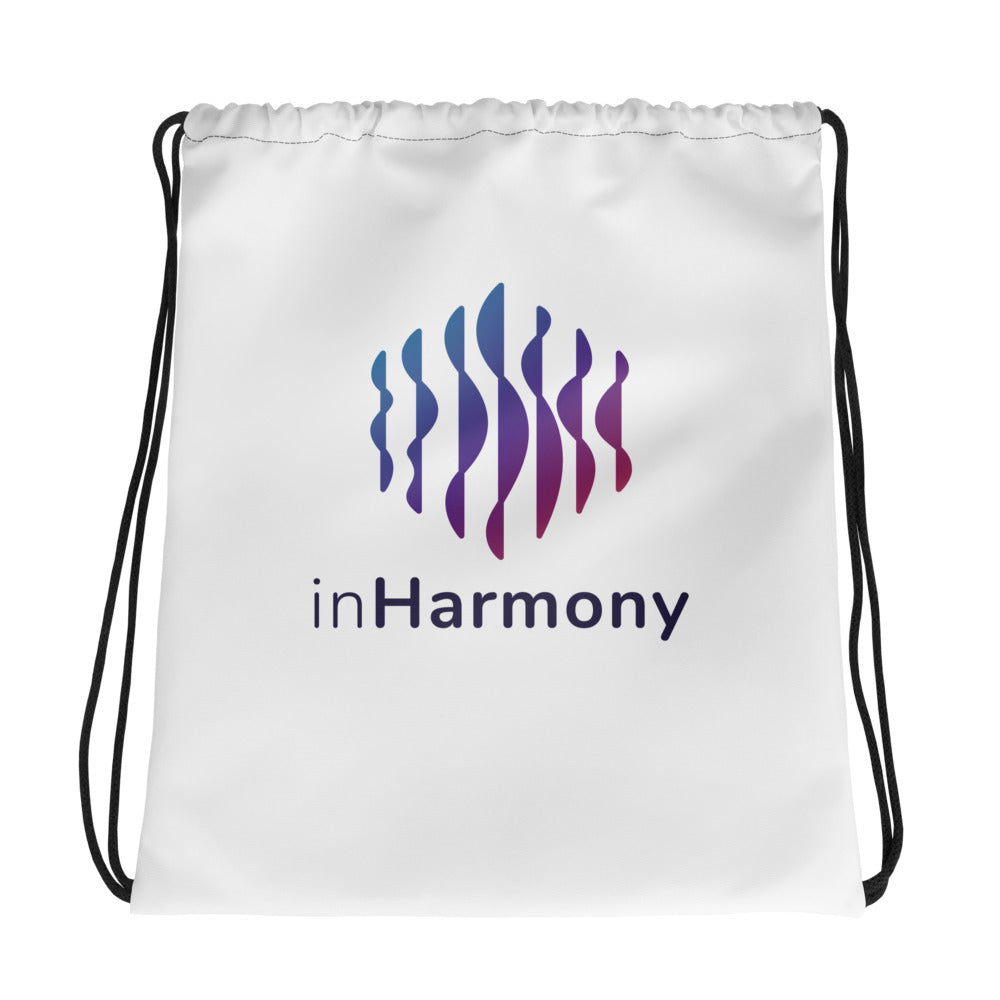Performance starts with training, but it’s recovery that turns effort into results. Learn how sound, breathwork, and vibration help athletes recover faster, reduce stress, and sharpen focus. Discover why relaxation is the hidden performance enhancer your body’s been missing.
Why Relaxation Is an Athletic Superpower
Every training session stresses the body by design, muscles tear, the heart races, and the nervous system fires at high alert. Recovery is what rebuilds strength.
But when stress lingers, the body stays in “fight-or-flight,” slowing healing and increasing injury risk. Relaxation flips the switch, activating your parasympathetic nervous system (“rest and recover”) to restore balance.
The result: faster muscle repair, lower cortisol, better focus, and greater endurance.
1. Breathe Your Way into Recovery
Breath is your body’s built-in recovery signal. Deep, rhythmic breathing lowers your heart rate and calms your nervous system. Try this after every workout:
-
Inhale through your nose for 4 counts
-
Hold for 2 counts
-
Exhale through your mouth for 6 counts
The extended exhale activates the relaxation response. Combine this with an inHarmony relaxation furniture session to let your breath sync with soothing vibrations, amplifying recovery on both a physical and neural level.
2. Use Sound and Vibration to Release Tension
Vibroacoustic therapy combines low-frequency sound with gentle vibration that penetrates deep into muscles and fascia. It helps:
-
Reduce perceived soreness
-
Improve blood circulation
-
Loosen tight connective tissue
-
Calm the mind post-exertion
Just 15 minutes on the inHarmony relaxation furniture after training can accelerate recovery and reduce muscle fatigue, helping your body rebound faster for the next session.
3. Visualize Success While You Relax
When your body is relaxed, your mind is more open to learning and focus. Visualization done in a relaxed state enhances performance because it strengthens neural pathways connected to movement and confidence.
Close your eyes, breathe, and picture yourself performing at your best. Use the inHarmony: Music Meditations App to pair these mental images with sound frequencies that support concentration and flow.
4. Redefine “Rest” with Active Recovery
Recovery doesn’t always mean stillness. Movement improves circulation, flexibility, and muscle oxygenation. Try:
-
Yoga or mobility flows
-
Light walks or stretching
-
A session on the inHarmony technology for neural reset
Active recovery keeps your body in rhythm, helping you stay limber, centered, and less injury-prone between intense sessions.
5. Build a Consistent Recovery Routine
Treat recovery like training, consistent and intentional.
-
Morning breathwork for focus
-
Post-training sound therapy for restoration
-
Evening vibration sessions for deep sleep
Recovery isn’t downtime, it’s performance preparation. Athletes who master relaxation build resilience, reduce burnout, and sustain excellence longer.
The inHarmony Advantage
Where sound meets science. inHarmony’s relaxation furniture combines tactile vibration with immersive soundscapes, giving athletes a sensory pathway to deep recovery.
When paired with the inHarmony: Music Meditations App, it becomes a holistic recovery ritual, aligning body, breath, and brain for optimal performance.
This isn’t passive rest. It’s active recovery, redefined.
Recover Smarter. Perform Stronger.
You train to move with precision, now train to rest with intention. Relaxation bridges the gap between effort and achievement. Learn more about how inHarmony can ahelp with our "Relaxation Techniques for Athletes" Guidebook. Visit our athlete website page to explore 10 science-backed methods for faster recovery, better focus, and peak performance, on and off the field.
Learn more about how inHarmony can help with our “Relaxation Techniques for Parents” Guidebook. Visit our parenting website page to discover easy, restorative methods for bringing balance, patience, and peace into your family’s daily rhythm, one mindful moment at a time.
FAQ
Q: How do sound and vibration help muscle recovery?
A: They stimulate circulation and reduce muscular tension, allowing the body to recover faster after intense training.
Q: Can relaxation techniques really improve athletic performance?
A: Yes. Relaxation enhances focus, coordination, and recovery, making training more effective and reducing fatigue.
Q: How often should athletes use vibroacoustic therapy?
A: Most athletes benefit from 10–20 minute sessions post-training or before sleep, 3–5 times per week.












